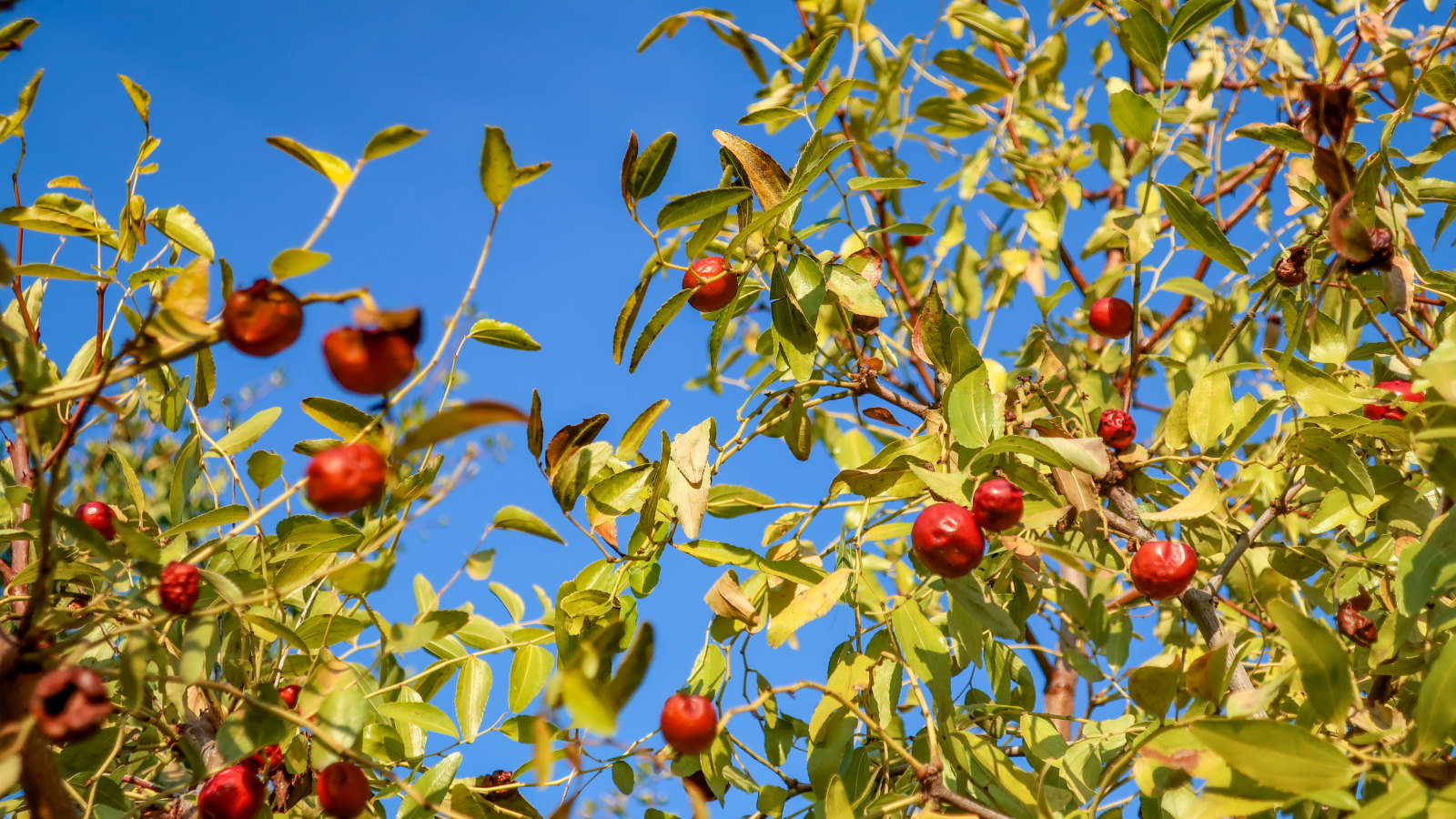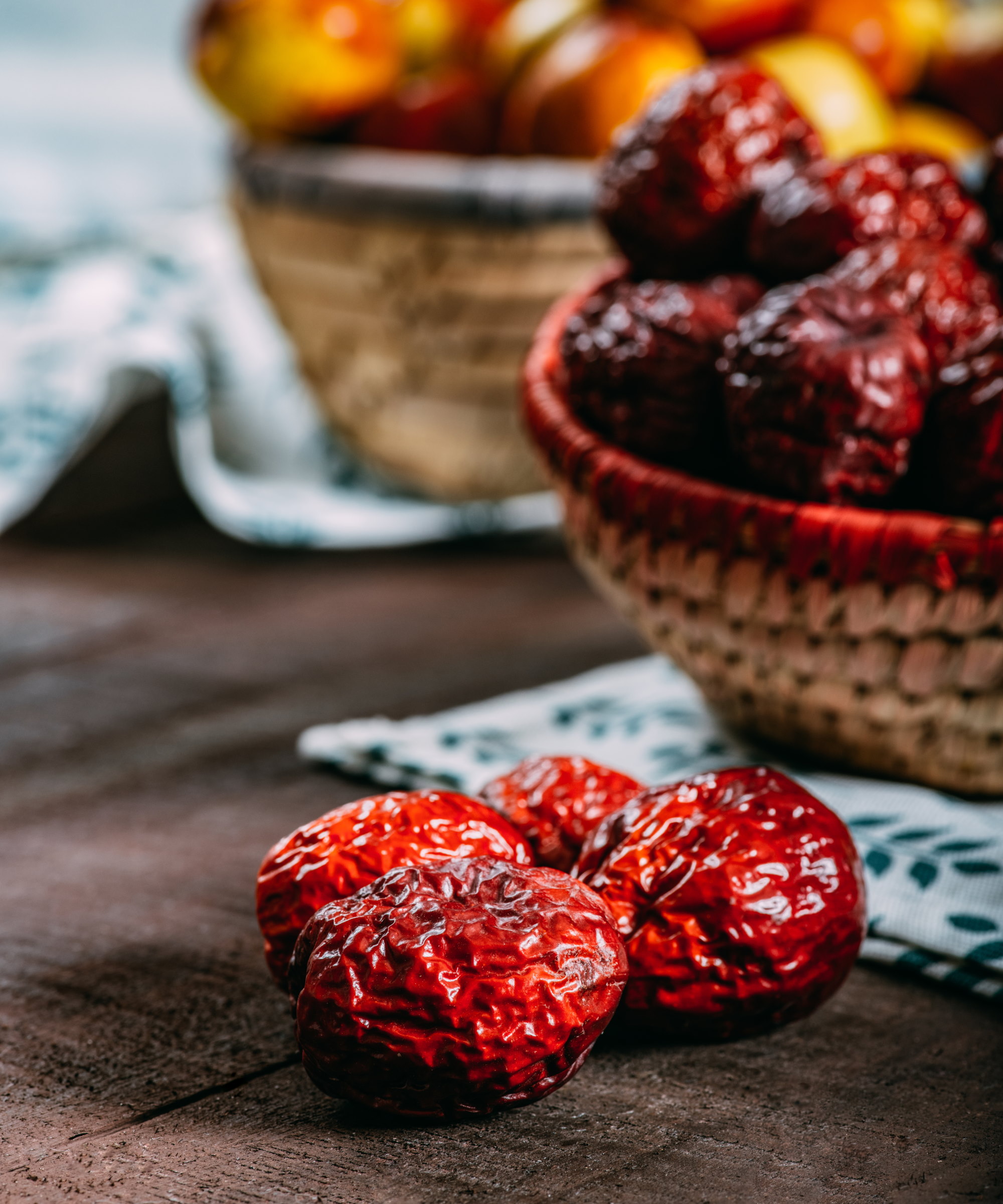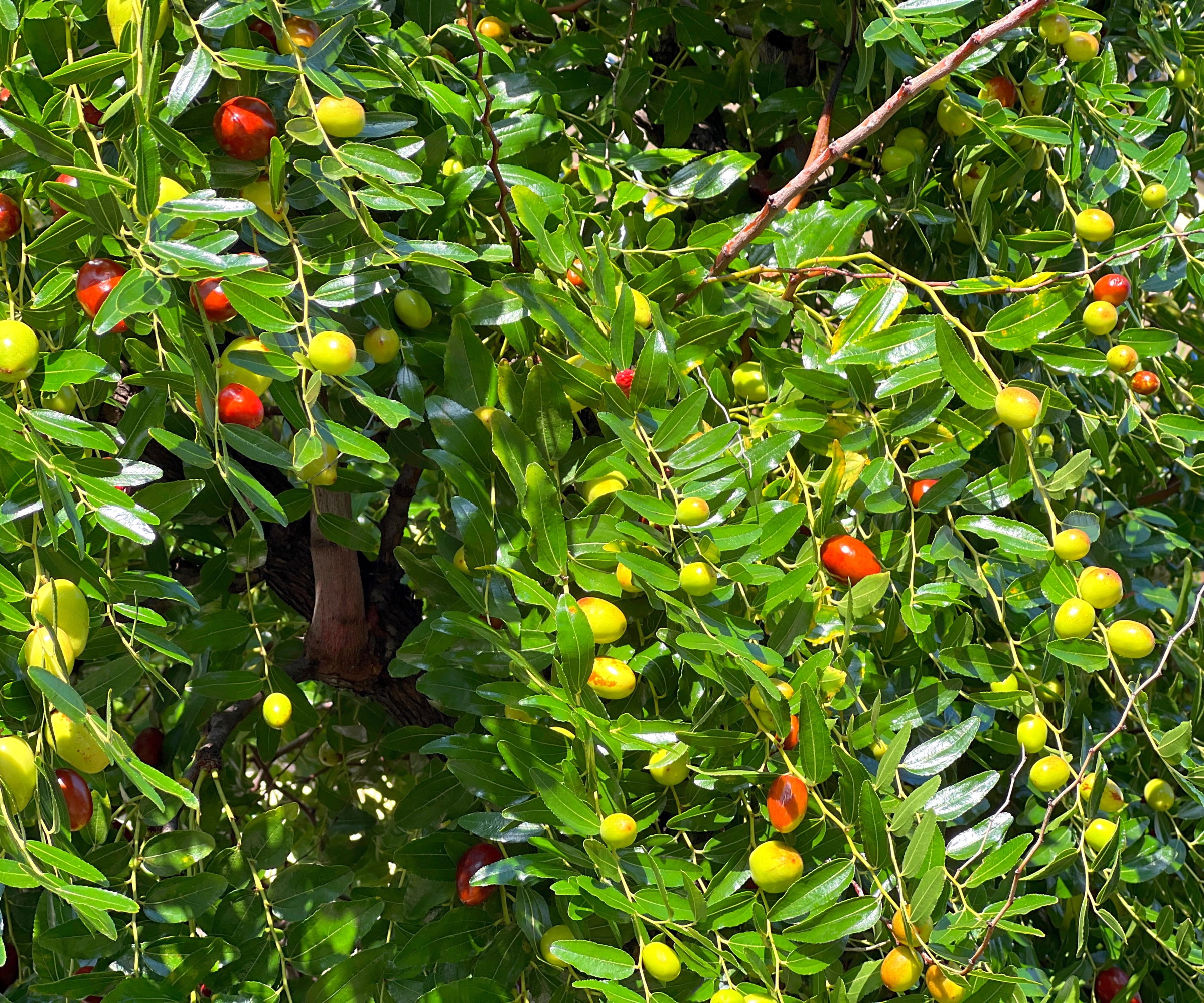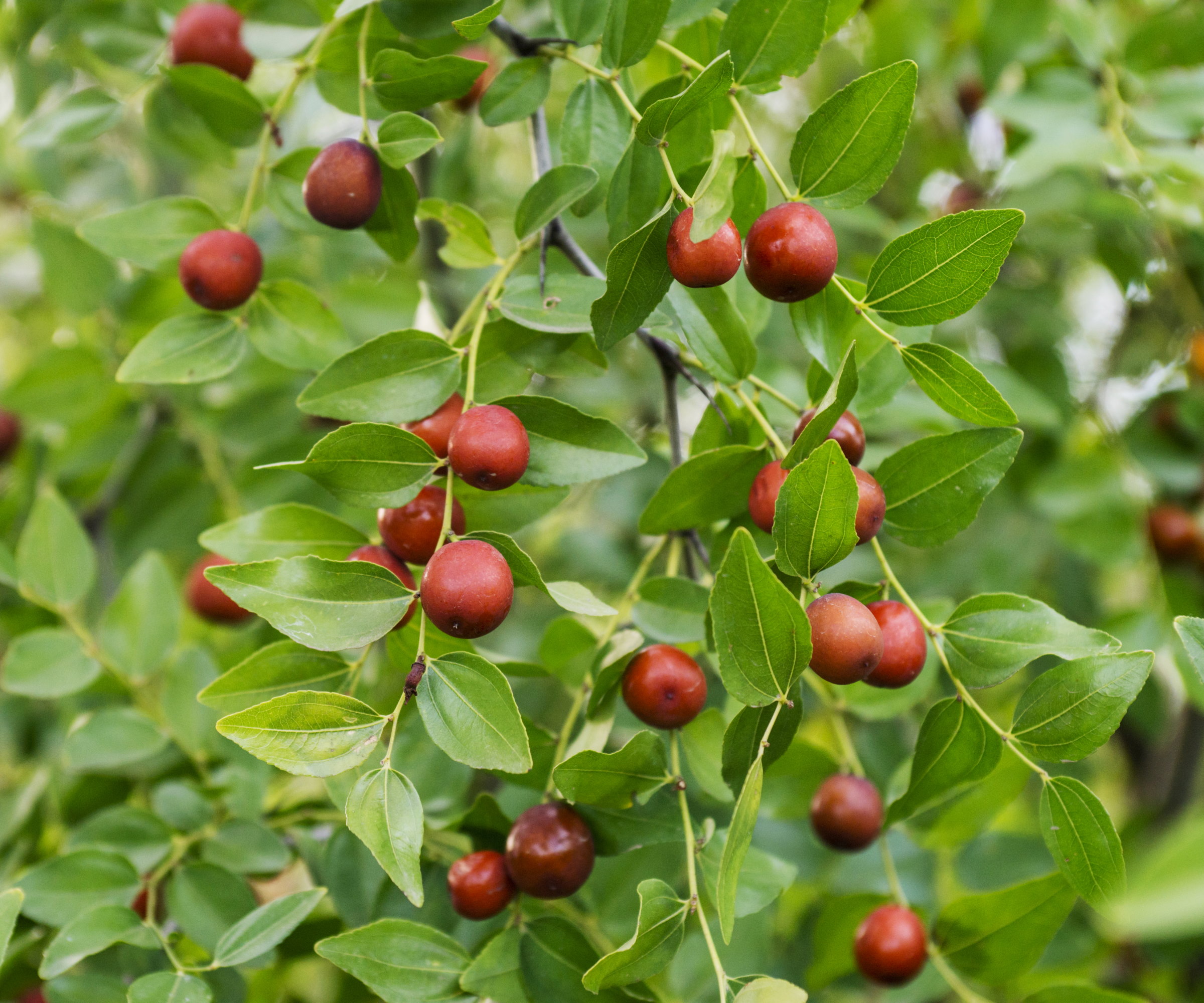
A jujube tree may not be the first fruit that springs to mind for a backyard. That should change, though, as there are some tangible benefits to growing a jujube tree. These include the facts that jujube trees are versatile, low-maintenance, and suffer from no known pest or disease problems.
Jujube trees may be exotic and sound high-maintenance, but the reality couldn’t be further from the truth. These beautiful and highly ornamental trees can tolerate cold temperatures, are drought-tolerant, and produce large harvests.
With all that surprising news, I bet you are itching to learn how to grow a jujube tree. To reveal more about how easy these fruit trees are to grow, I got practical planting and care tips from two plant experts.

How to grow a jujube tree - an expert guide
Jujube (Ziziphus jujube) have been grown for thousands of years in Southeast Asia, China, and the Mediterranean. A jujube tree can reach 20-40 feet and boasts several attractive features, including glossy green leaves and ornate bark.
The oval-shaped fruit starts green and turns reddish-brown and wrinkled as it ripens in summer. It is known as the Chinese date due to the fruit’s resemblance to a date, but the texture and taste are more similar to an apple.
How to grow a jujube tree - planting tips

Jujube trees are highly adaptable fruit trees and can tolerate temperatures down to 5°F, making them suitable for US hardiness zones 6-9. Trees can be purchased from specialist fruit tree nurseries or online, or can be grown from seed if you are happy to wait at least four years for them to fruit.
It is best to plant the fruit trees in the spring in a sunny position. Bethany Lakatos, plant expert at Fast Growing Trees, recommends planting a jujube tree in a spot with 6-8 hours of direct sunlight daily.
She says they are ‘tolerant of many different types of soils’ when planting outdoors, but warns: ‘Jujubes don’t thrive as potted or indoor plants.’
An ideal soil type for growing jujube is fertile and well-draining. It is advisable to conduct a soil test to check the nutrient levels and add organic matter, such as compost or well-rotted manure, to increase the fertility and improve the drainage if required.
Planting in heavy soil is not advised as jujube can succumb to root rot in waterlogged ground.
How to grow a jujube tree - care tips

- Watering - Jujube trees need regular watering to get established, which can take up to three years. Keep a close eye on when to water plants, and give trees regular deep watering to encourage the development of strong roots. Once established, jujube trees are drought-tolerant fruit trees but will still benefit from regular watering, especially while the fruit is developing. Mulching around the trees will help retain moisture in the soil and smother weeds that will otherwise compete for water and nutrients.
- Fertilizing - Jujube trees benefit most from light fertilizing rather than heavy feeding. As for when to fertilize fruit trees, Kiersten Rankel, an expert from plant-care app Greg, recommends: ‘Feed your jujube trees once in early spring with a balanced fertilizer (something like 10-10-10) and again lightly in early summer, spreading it evenly under the tree canopy to help boost fruit production and healthy growth.’
- Pruning - Jujube trees are deciduous and pruned during dormancy in late winter or early spring, before the new growth emerges. Regularly pruning fruit trees helps to keep them healthy and vigorous. ‘Trim away dead, crowded, or crossing branches to encourage good airflow and get sunlight down to the lower branches,’ advises Kiersten Rankel. Always remove suckers and water sprouts when you see them and observe the one-third pruning rule and don’t remove too much healthy growth in one year.
- Harvesting - Jujubes are usually ready for harvest between late summer and fall, depending on your region. The signs that fruits are ready to pick are a change in color and being firm yet slightly soft to the touch. The fruits do not ripen all at the same time, so check the trees regularly for fruits. ‘As jujubes ripen, they will change from green to mottled or solid mahogany red,’ says Bethany Lakatos. ‘They can be picked before they are fully ripe, but they won’t be as sweet or crisp. Overly ripe fruit will have wrinkled skin with a soft, brown interior.’ To harvest fruits, cut them from the tree using a pair of clean and sharp pruning shears, garden snips, or scissors.
This stunning jujube tree can grow in zones 6 to 10 outdoors and reach 15 to 30 feet tall. It has beauty throughout the seasons, with glossy green leaves turning a jasmine yellow in fall and crimson-brown fruit hanging in clusters.
This general-purpose plant fertilizer has a balanced NPK formulation of 10-10-10 and is an ideal granular feed to sprinkle under a jujube tree's canopy in early spring and summer.
FAQs
How long does it take for a jujube tree to bear fruit?
Jujube trees typically take 3-5 years to produce fruit after planting. The exact time to bear fruit will depend on the variety, the size of the tree when planting, and the growing conditions.
As mentioned earlier, jujube trees are one of the most drought-tolerant fruit trees. If you are looking for a low-maintenance fruit tree for drier landscapes, then fig trees are exceptionally drought-tolerant. Other potential options include pomegranates and olive trees. These will all only need occasional watering when established, which can take 2-3 years from planting.







